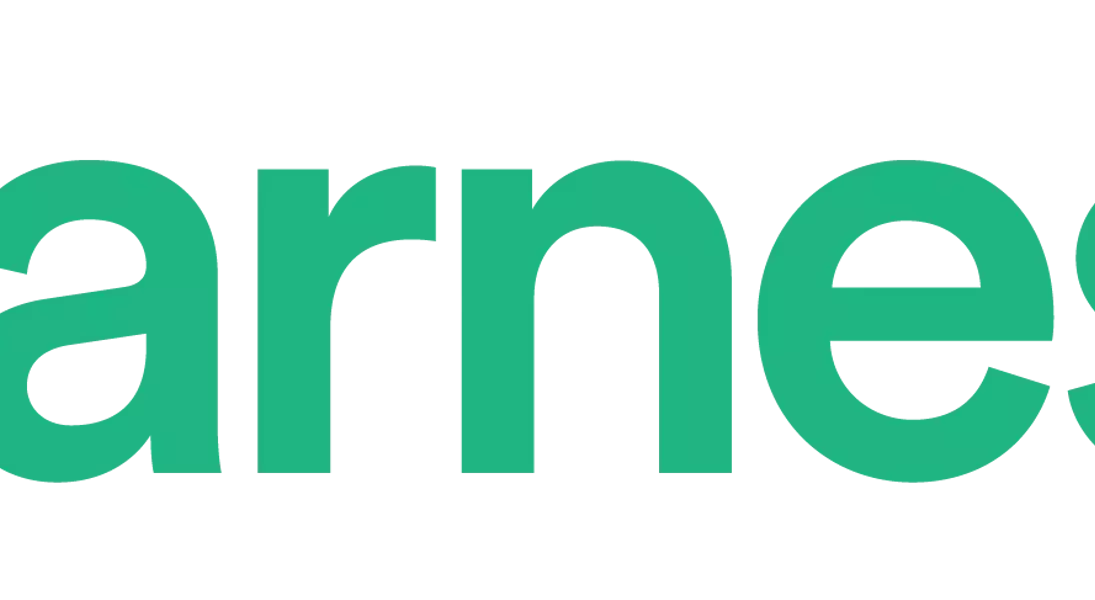




Securing the right financing for a Master of Business Administration (MBA) is a critical step for many aspiring professionals. This detailed guide explores the landscape of private student loans, offering valuable insights for prospective MBA students. It not only dissects the mechanics of these loans but also provides a strategic comparison with federal alternatives, empowering students to make informed decisions for their academic investment. A recent survey further illuminates the borrower experience, shedding light on the practical implications and perceived value of private funding.
Navigating the complex world of educational funding requires a thorough understanding of all available options. For those pursuing an MBA, private student loans often bridge the financial gap left by scholarships, grants, and federal aid. This resource aims to demystify private loans, outlining their operational framework, key differentiators from government-backed loans, and essential considerations for choosing a lender. It also integrates real-world perspectives from borrowers, offering a nuanced view of the benefits and challenges associated with private financing for advanced degrees.
Understanding Private MBA Student Loans
Private MBA student loans are an essential funding source, designed to cover educational expenses when other forms of financial aid fall short. These loans originate from private entities such as banks and online lenders, rather than the government. They offer the flexibility to finance a wide array of MBA-related costs, including tuition, program fees, accommodation, travel for professional development, and educational materials. The application process typically involves a credit assessment of the applicant, or a co-signer, leading to funds being disbursed directly to the academic institution, with any remainder provided to the student for living expenses. Borrowers can often choose between immediate repayment or deferring payments until after graduation, though interest may accumulate during deferment. It is crucial to evaluate each lender's specific terms, as interest rates, repayment schedules, and associated fees can vary significantly. This flexibility in terms of loan amount and repayment structures distinguishes private loans from their federal counterparts, which usually come with standardized rates and repayment plans.
The operational mechanics of private MBA student loans are designed to supplement existing financial aid, providing a lifeline for students facing high educational costs. Unlike federal loans, which are standardized and government-issued, private loans are products of diverse financial institutions, each with unique terms. This diversity necessitates careful comparison across lenders to identify the most favorable conditions. Eligibility for private loans typically hinges on the borrower’s creditworthiness or that of a co-signer, which directly influences the interest rate offered. Once approved, funds are usually transferred directly to the university, with any surplus allocated to the student for educational living expenses. Repayment options range from immediate payments to various deferred or partial payment plans while still enrolled, offering some flexibility to manage cash flow during studies. However, the absence of federal benefits, such as income-driven repayment and forgiveness programs, underscores the importance of thoroughly understanding the loan agreement. Borrowers must consider variable versus fixed interest rates, origination and other fees, and the availability of co-signer release options, all of which impact the total cost and repayment burden of the loan.
Borrower Experiences and Key Considerations
A recent survey exploring the experiences of private student loan borrowers reveals compelling insights into their decisions and perceptions. A significant majority, 71%, reported that their private student loan was a worthwhile investment. This sentiment is particularly strong among those who had limited access to federal aid due to eligibility restrictions, such as part-time enrollment, prior degrees, or enrollment in non-degree programs. Despite initial hesitations regarding high interest rates, many borrowers found the trade-off acceptable, valuing the educational opportunities afforded by these loans. The survey also highlighted that low interest rates and a lender's reputation were primary factors in their selection process. However, a considerable portion of borrowers, especially those with lower incomes or from certain demographic backgrounds, expressed a lack of full confidence in understanding their loan terms, underscoring the critical need for clear communication and comprehensive understanding of loan agreements.
The survey data offers a valuable lens through which to view the practical application and impact of private student loans. It emphasizes that while the cost of borrowing can be a significant concern for many, the perceived return on investment in education often outweighs these anxieties. This is especially true for individuals who are otherwise unable to secure federal funding, making private loans a necessary and effective solution. The findings also underscore a disparity in loan term comprehension across different demographic groups, suggesting that financial literacy and clear disclosure practices are paramount. Lenders like College Ave and Sallie Mae were noted for higher borrower satisfaction, indicating that transparent terms, competitive rates, and responsive customer service play a crucial role in shaping a positive borrowing experience. For future borrowers, these insights highlight the importance of diligent research, comparing various lenders, and seeking clarification on any unclear aspects of the loan to ensure both financial prudence and academic success.
